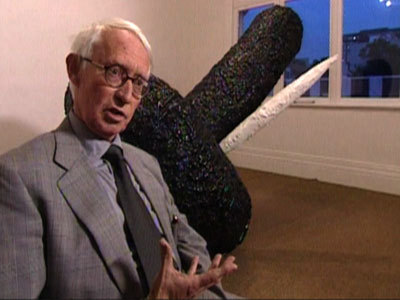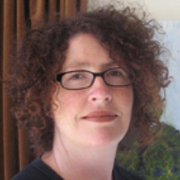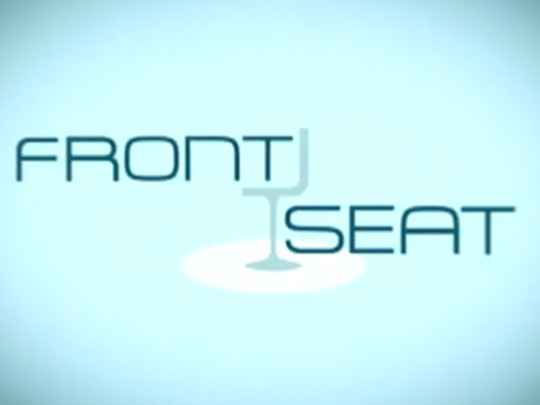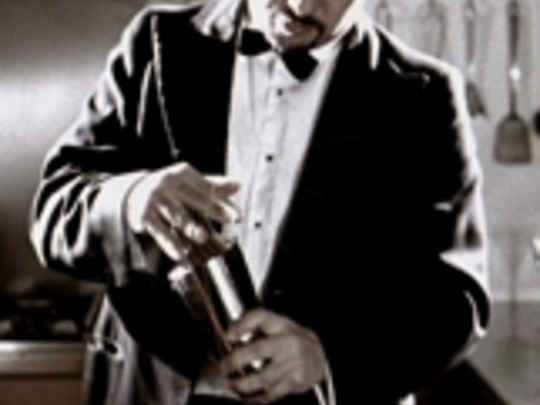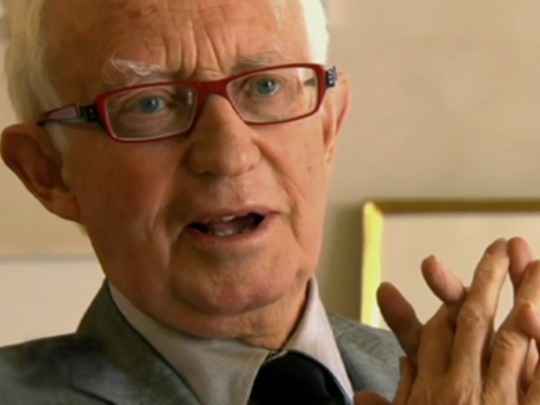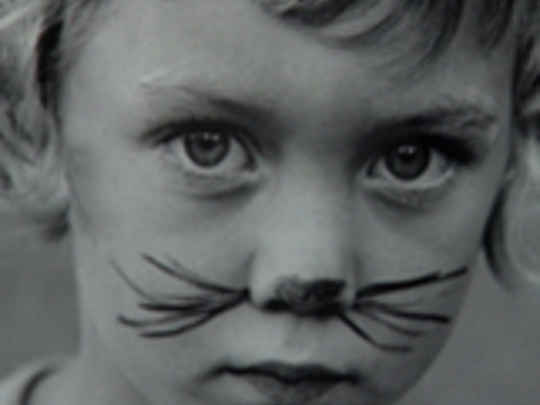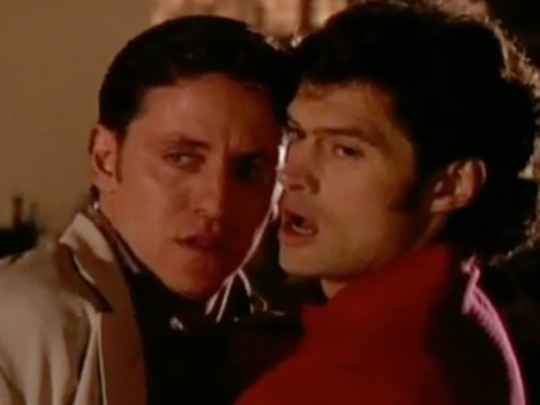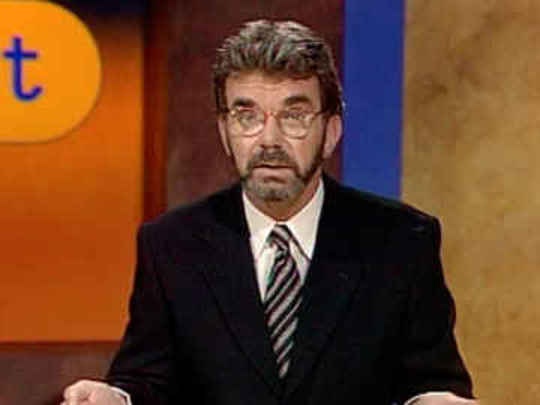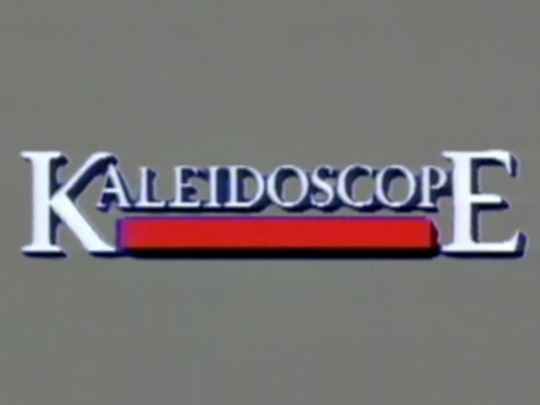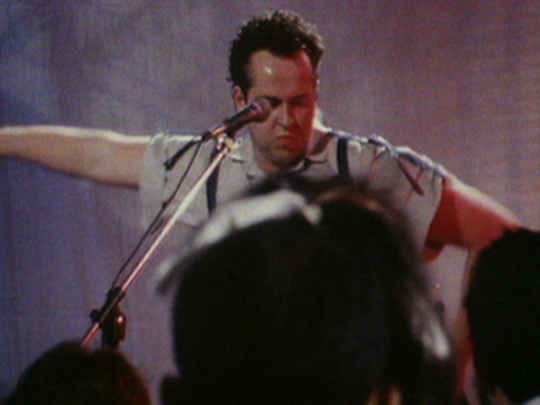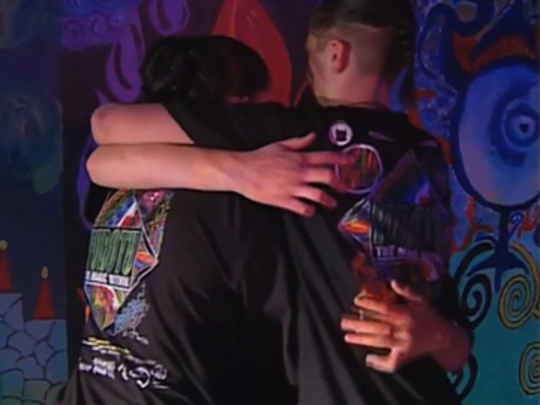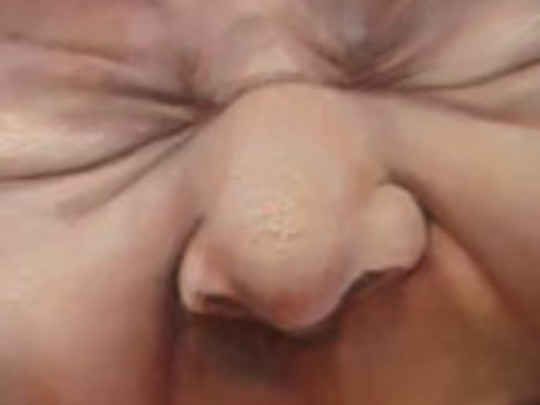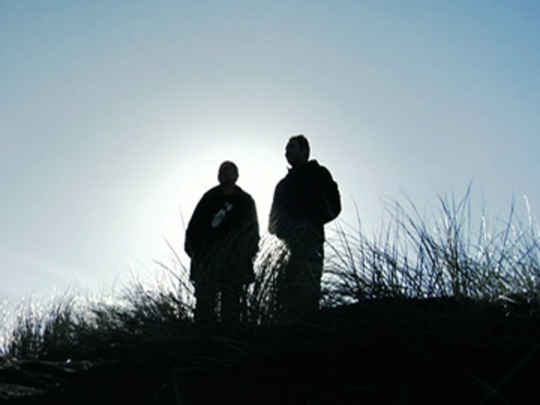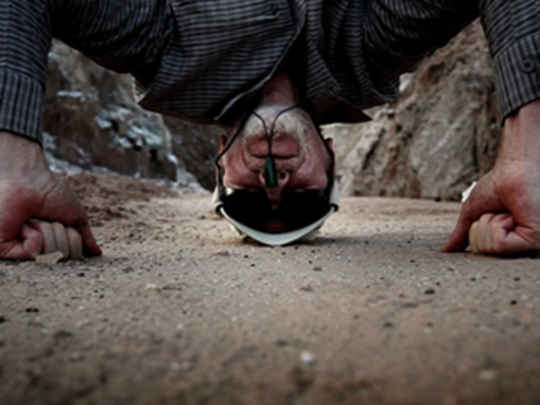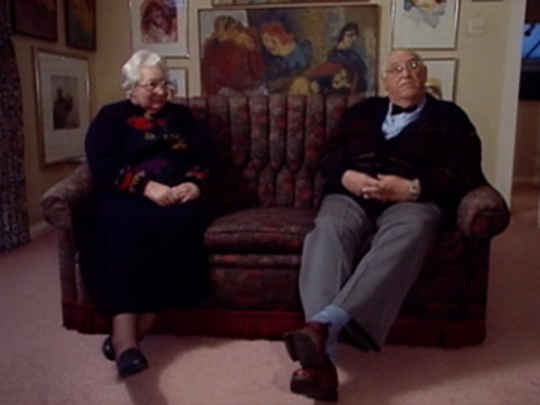Frontseat - First Episode
Television (Excerpts) – 2004
A series perspective
Frontseat first appeared on television in New Zealand in 2004. Its current affairs style news clips and interviews featured the events, personalities, and problems faced by the arts sector. These ranged across a broad range of topics - from acting careers for drama graduates to New Zealand representation at the Venice Biennale, to urban renewal, the International Festival of the Arts, the latest theatre offerings, book awards, poetry and more. There were news stories, interviews, panel discussions, and controversies. But as with many such programmes, TVNZ chose to air it in a graveyard slot: Sunday night at 10.30pm.
Television series on the arts in New Zealand are relatively few. Since the advent of the national television service in 1960, there have been sporadic offerings dedicated the ‘the arts', beginning with Looking at Pictures (1960), a series of four episodes about New Zealand artists. In 1975, a series of three programmes on New Zealand writers (Janet Frame, Ngaio Marsh, and Sylvia Ashton-Warner), was made by Endeavour Television, and screened on Television One. In 1976 Kaleidoscope appeared (in 1980 it shifted to a ninety minute, Angela D'Audney-hosted slot on Monday nights - a rare primetime foray for arts programming) and ran in various guises until 1987, accruing over one hundred episodes. Since then there's been The Edge (1993-94), Sunday (1995-97), For Arts' Sake (1996), Backch@t (1998-2000), The Big Art Trip (2001-02), and Mercury Lane (2001-03).
One of the biggest challenges for arts programme makers in a small country is audience building. Anecdotal evidence points to two different audiences for arts programmes - the ‘cognescenti', and the ‘interested'. The cognescenti already know a lot about the arts. They want to see comprehensive programmes like the BBC consistently produce - The South Bank Show, or Imagination. The second audience is enthusiastic but less well informed. It relies on arts programmes to explain or demystify the art world. Frontseat positioned itself to appeal to this latter audience, and the long run it enjoyed suggests it was relatively successful on this score.
In news terms, there were also positive results. Its ongoing stories about the sale of fake Goldies exposed a well-established art dealer and auctioneer. It's broad coverage across the disciplines left no niche wanting - dance, music, theatre, visual arts, literature, and architecture - and there were some excellent interviews, and good coverage of the arts initiatives being introduced by the then Labour government.
But at other times Frontseat's determinedly-populist approach stirred controversy amongst the arts community. For some, the items on the choice of Et Al for the 2007 Venice Biennale, and an interview with Jacqueline Fraser about her latest exhibition, tended too far towards the tabloid.
Some of the billings for the fourth and fifth seasons provided fodder for the critique: "Jon Bridges considers the lesser arts such as house painting, cosmetic surgery and cheer-leading"; "Frontseat gets an exclusive - a sure-fire muesli recipe from the NZSO's Norbert Heuser". And as for the ‘sector issues': was there a boom in the art market? Were there too many actors? Some of these so-called news stories repeated hearsay, but the show, presented by a confident Oliver Driver, certainly shirked the turtlenecks and leather arm-patches and pitched the arts at a wide audience - think of Frontseat as light and tasty compared to the porridge of earlier arts programming (to stretch the breakfast menu metaphor!).
Like the art world itself, the long-running Frontseat was a mixed bag. It never took itself too seriously but the limits of its approach became more obvious in the face of new arts programmes that came on-screen later in its run - especially The Living Room, The Gravy and the longer documentaries that made up Artsville. Although Frontseat was a different type of programme, its issues-based approach perhaps came to seem less relevant when compared to these programmes that focused on art and its makers.
